Optimal Timing for Interior Painting
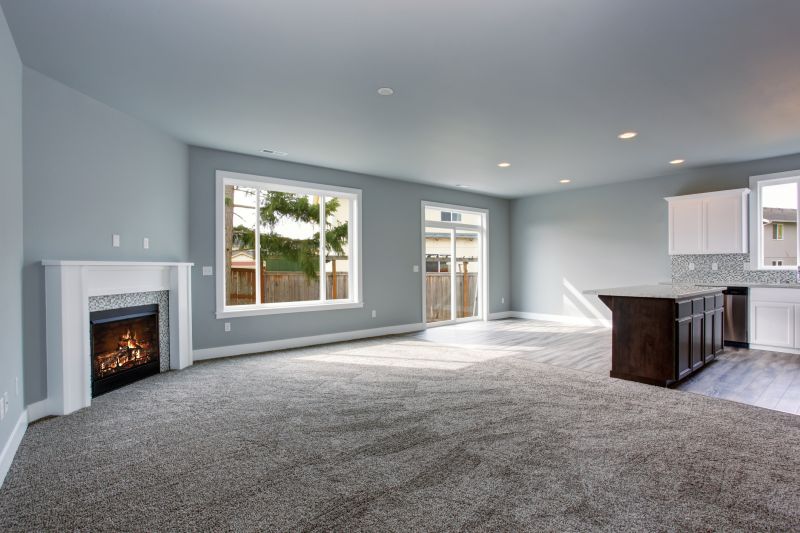
Spring offers moderate temperatures and lower humidity, making it ideal for interior painting projects.
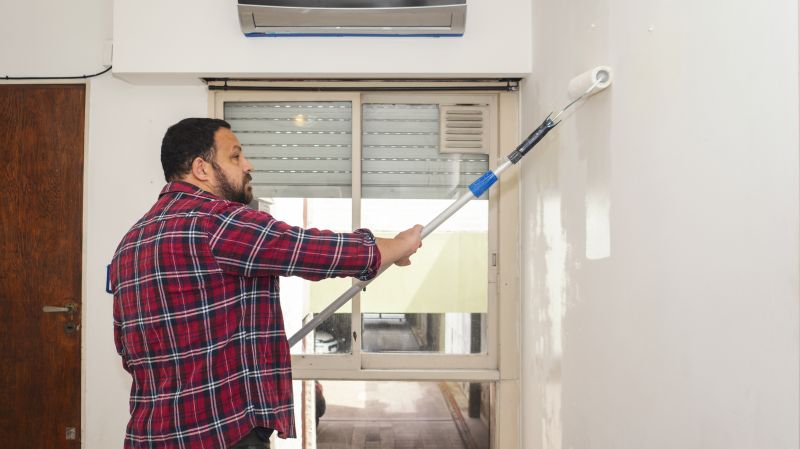
Summer can be challenging due to heat and humidity, but with proper ventilation, it remains a viable option.

Fall provides cooler weather and stable conditions, reducing the risk of paint issues indoors.
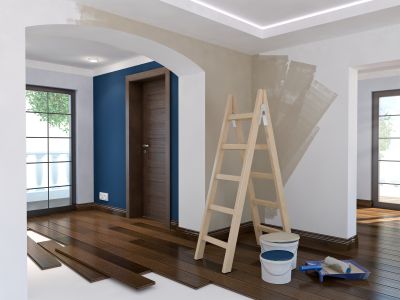
Ways to make Interior Paintings work in tight or awkward layouts.
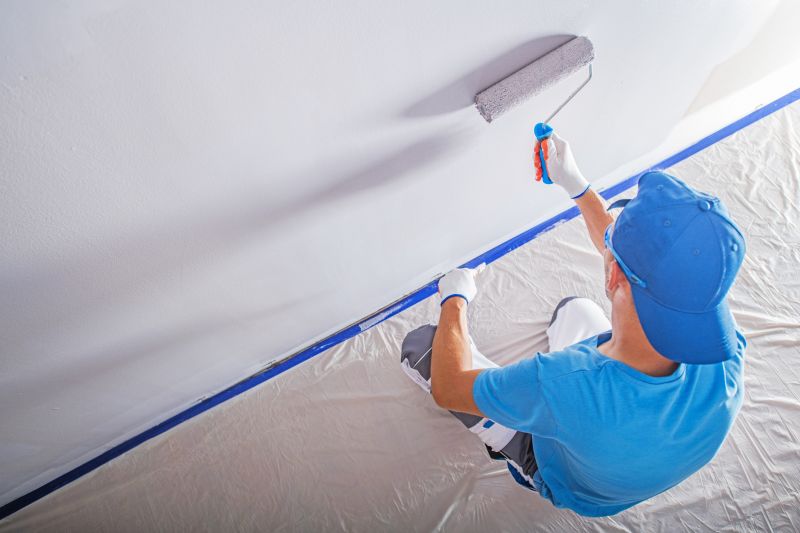
Popular materials for Interior Paintings and why they hold up over time.
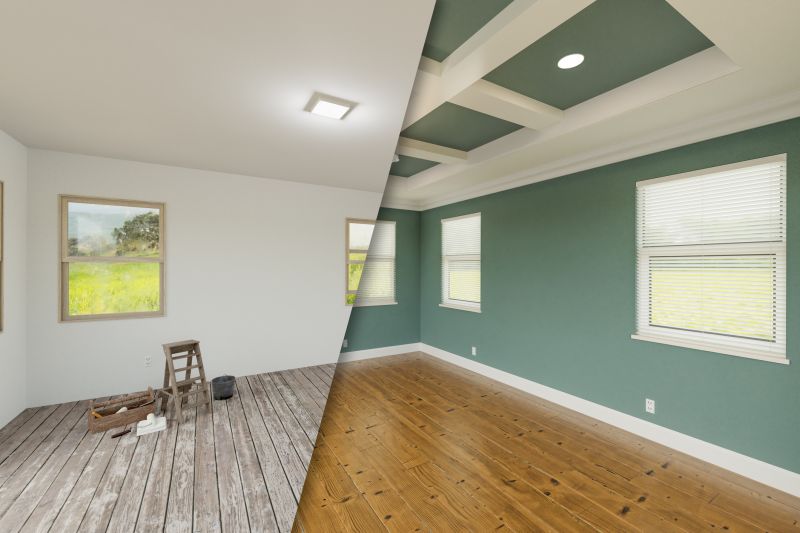
Simple add-ons that improve Interior Paintings without blowing the budget.
Interior paintings are a popular way to refresh and enhance indoor spaces. Proper timing ensures optimal results, with considerations such as temperature, humidity, and indoor activity levels influencing the best period for painting projects. Typically, moderate weather conditions contribute to faster drying times and better paint adhesion, reducing the likelihood of imperfections.
Statistics indicate that interior painting projects are most successful during spring and fall, when environmental conditions are most stable. These periods allow for consistent drying and curing, leading to longer-lasting finishes. Additionally, scheduling during these times minimizes disruptions caused by extreme weather or indoor activity, ensuring a smoother process.
Ideal indoor temperatures for painting are between 65-85°F, promoting proper drying and adhesion.
Low to moderate humidity levels help prevent paint from drying too slowly or developing defects.
Choosing a time with less indoor activity reduces dust and debris settling on fresh paint.
Planning ahead allows for better coordination with interior spaces' usage and occupancy.
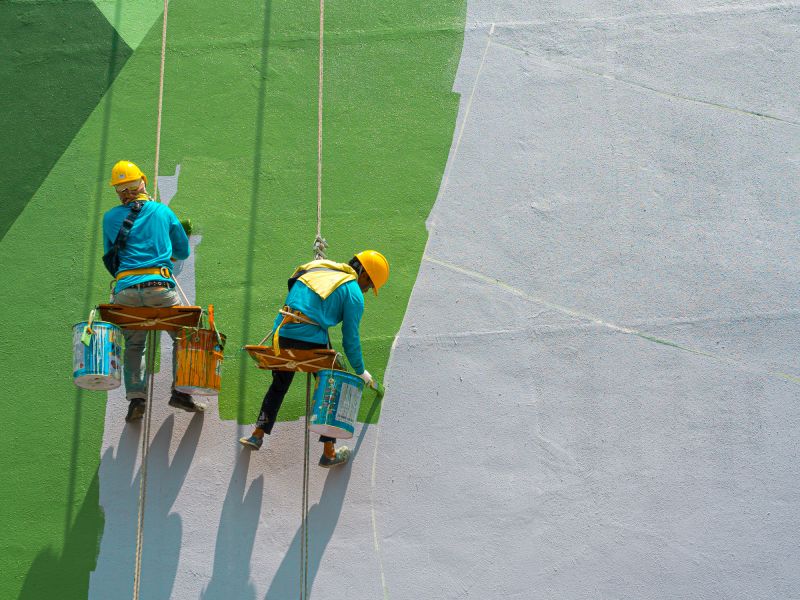
Spring's moderate climate supports quality interior painting projects.
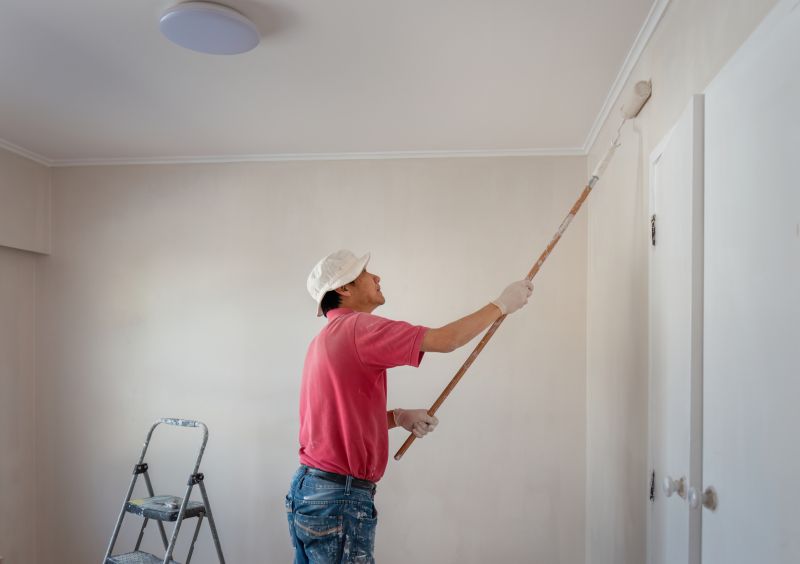
Fall offers stable conditions for interior paint application.
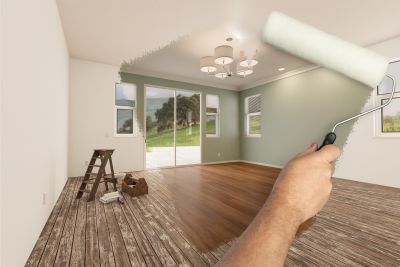
Proper preparation and timing are essential for achieving the best results.

Well-timed projects result in durable, visually appealing finishes.
| Season | Advantages |
|---|---|
| Spring | Moderate temperatures and low humidity support optimal drying. |
| Summer | Longer daylight hours; requires proper ventilation. |
| Fall | Stable weather and cooler temperatures. |
| Winter | Less ideal due to indoor heating and dry air, but possible with controlled conditions. |

Summer requires careful planning to manage heat and humidity for quality results.
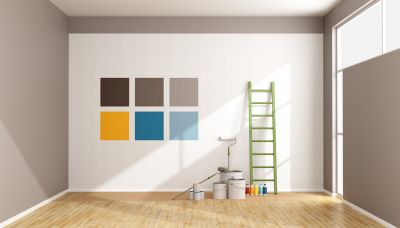
Winter may pose challenges with dry air; using humidifiers can help.

Timing depends on local climate conditions and indoor activity schedules.
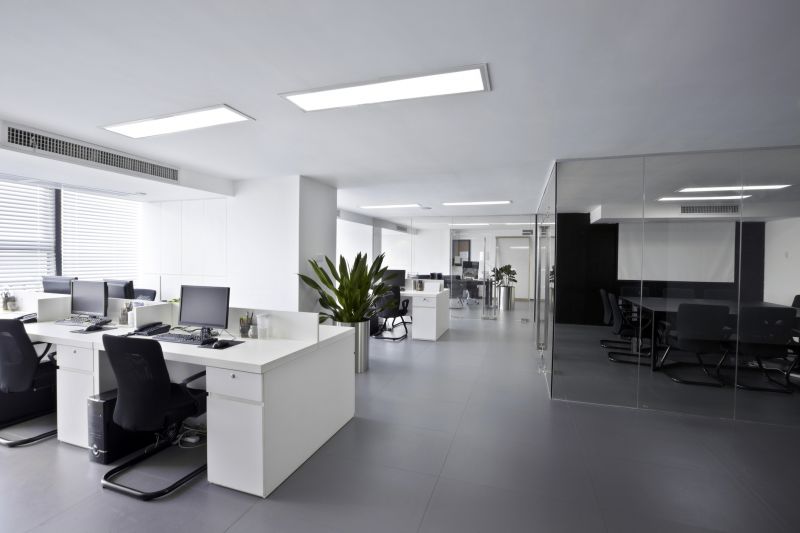
Consulting professionals ensures projects are scheduled during optimal conditions.
Interior painting projects are best scheduled during periods of stable environmental conditions. Proper timing reduces the risk of paint defects, prolongs durability, and enhances aesthetic appeal. Planning ahead and considering local climate patterns can ensure that indoor painting achieves the desired quality and longevity.
Interested in scheduling an interior painting? Filling out the contact form allows for tailored advice and project planning to fit specific needs and timing preferences.

